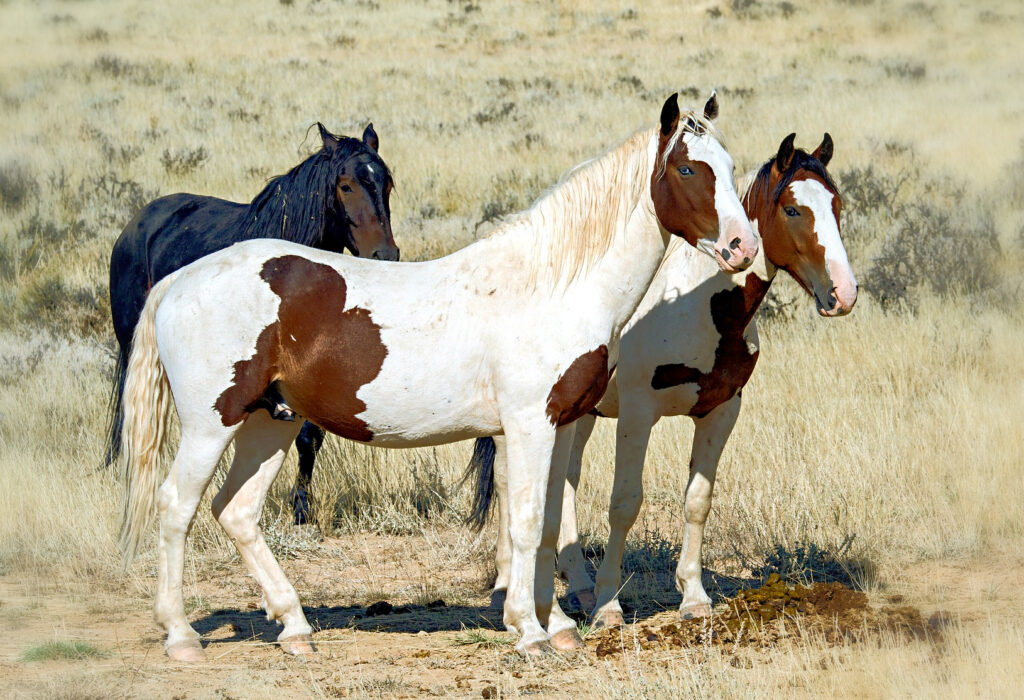
“Remember,” motivational speaker and author, T. Harv Eker told his audience, “What you focus on expands. As I often say in our training, ‘Where attention goes, energy flows and results show.’”
That’s far more than a slick little slogan; it’s an explanation of how things work.
Know anybody who’s always telling you about the things that go wrong, for instance? I don’t mean the little things that go off-kilter in a given day, like when you can’t find anything you’re looking for and you always put things in the same place, or in order to do what you want to do, you have to do something else first and then something else before that, or when everything you touch seems to slide right out of your hands. Not that kind of thing. I mean someone whose life, to hear him tell it, is a magnet for troubles, one grand string of crises and setbacks and blind alleys after another. You know one of those?
I had a friend like that once. And there was no denying that bad luck seemed to cling to him like a cloud. The things that happened to him weren’t trivial or his recounting of them overblown. But over time I noticed that he never talked about anything else.
One day I asked him if he ever heard about gratitude rocks and I told him the story about a man, somewhere in Africa if I remember correctly, who brought a handful of pebbles from the creek to his village and told his neighbors that they were gratitude rocks and possessed of a great power. If you carried one in your pocket, he told them, and every time your fingers happened to touch the stone you thought of one thing for which you were grateful, unexpected blessings would befall you.
The people began to notice all kinds of good fortune coming their way. Soon, they began collecting and painting rocks and selling them to others as gratitude rocks, and in time the entire village prospered.
I took a polished pebble from my collection and gave it to him. “Feel it in your hand right now,” I told him. “Feel its size and shape, its texture and temperature. Now think of one thing you’re grateful for. It can be anything, big or small.”
My friend’s face fell. He literally could not think of a single thing. I asked him what he had for lunch, and asked him what he liked best about it. “There’s you first thing to be grateful for!” I smiled when he said that the bread was fresh.
Weeks went by before I heard from him again. Then one night he called to tell me that he’d been having a surprising stretch of nothing-going-wrong. He almost felt superstitious about telling me, he said, as if he might be tempting fate. “Maybe that gratitude thing works after all,” he said, chuckling kind of shyly.
I laughed and told him now he could be grateful for gratitude, and he laughed with me. I won’t say that things turned around for him overnight. But his conversations began to be sprinkled with little mentions of things he was noticing and enjoying that he would have discounted or overlooked a month or two ago.
The stories we tell ourselves about what’s going on in our lives—many of them “sticky stories” that we tell ourselves over and over—are energy patterns. Every time our attention gets hooked in them, we’re giving them our mental and emotional energy, and we tend to re-create the same kind of pattern over and over in our lives. What we focus on expands. That’s why it’s important to listen to your stories.
In your dominant stories, are you a victim or a victor? Do you always lose or do you always find a way to succeed? Are you irritated and angry with others, or do you strive to be patient and kind? See where you’re investing your energy, and notice the results. If you like them, keep on telling those kinds of stories. If not, well, here: take this smooth little pebble. (Better yet, go find a little pebble or safety pin or button of your own right now.) Feel it in your hand. Now think of something you’re grateful for and put it in your pocket. And put it in your pocket tomorrow, too, and the next day and the next. And every time your fingers touch it, think of something you’re grateful for. Even if it’s nothing more than not having lost your pebble yet.
You just might be surprised how powerful a little redirection of your energy can be. As Eker told folks, “results show.”
Wishing you a where gratitude rocks.
Warmly,
Susan








